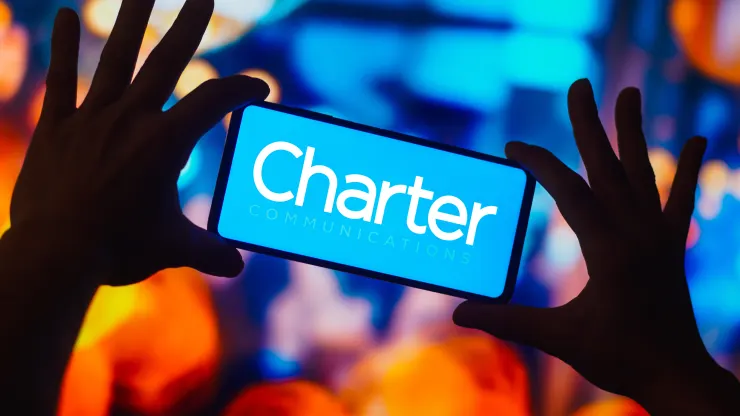Charter will offer a cheaper, sports-lite cable TV option to reflect changing landscape

Sports networks are about to undergo a change in Charter Communications’ cable TV packages.
A new, two-tier cable package system will be introduced Monday, allowing customers to select a cheaper, sports-lite TV option without regional sports channels.
As more people opt for streaming services over cable, the industry has been forced to make a pivotal move. In particular, this has hurt regional sports networks, which have long provided lucrative fees to leagues and teams.
Earlier this year, Diamond Sports Group filed for bankruptcy protection. Many other networks have launched direct-to-consumer streaming options at prices that won’t upend the long-standing lucrative pay-TV business model. Customers often consider them expensive, which could turn them off from streaming.
With two regional sports networks of its own, Charter is looking to change the formula. In the third quarter, Spectrum’s cable TV business will be rebranded as two new services.
Unlike Spectrum Select Signature, Spectrum Select Plus includes the provider’s full slate of sports programming and regional sports networks, while Spectrum Select Signature excludes certain sports programming.
Market-by-market, Charter will launch the two options throughout its U.S. footprint.
A customer who selects the option with certain sports programming will receive a free direct-to-consumer app for their local sports network. The regional sports networks apps will also be available to Charter broadband subscribers. A number of major networks will still be available on Spectrum Select Signature, such as ESPN and FS1.
Charter’s executive vice president of programming acquisition, Tom Montemagno, said in a news release that the new model offers more flexibility and puts the customer at the center.
According to the company, historically, sports networks’ distribution agreements require distributors to pay for the rights to the content and make their programming available to a majority of subscribers – typically more than 80%. Despite the fact that most of those customers never watch the channel, this is still true.
In most cases, regional sports network fees are included in pay-TV bills. Disney’s ESPN, for example, is one of the most expensive national sports networks for pay-TV distributors like Charter and DirecTV to carry.
As Charter noted, the new two-tier system still provides sports fans with what they want while providing non-sports viewers with a more affordable option. Moreover, the model supports sports networks that are exploring streaming options.
Since Charter distributes and owns sports networks, it is exposed to these issues. Upon acquiring Time Warner Cable in 2016, the company acquired two regional sports networks – Spectrum SportsNet and SportsNet LA, which air Dodgers and Lakers games. Those channels will also be available via streaming from Charter.
Also on Monday, Charter and DirecTV announced a new distribution agreement for regional sports networks.
In exchange for the deal, Charter agreed to a “significantly lower penetration threshold,” which will allow DirecTV to target Lakers and Dodgers viewers more effectively. For customers who aren’t interested in sports, DirecTV will be able to provide cheaper and more flexible options.
In a news release earlier Monday, Spectrum Networks CEO Dan Finnerty said regular season sports programming remains popular despite shifting viewing habits.
In light of the fact that these subscribers comprise a relatively small percentage of the total video subscriber base, as well as the marked increase in direct-to-consumer choices, Finnerty, Spectrum Networks’ senior vice president and general manager, said RSN models must evolve to reflect the current market. By entering into this agreement, we are moving towards a more customer-centric business model.
